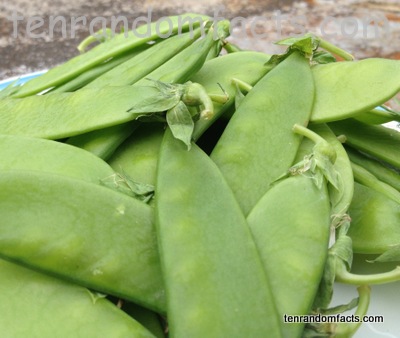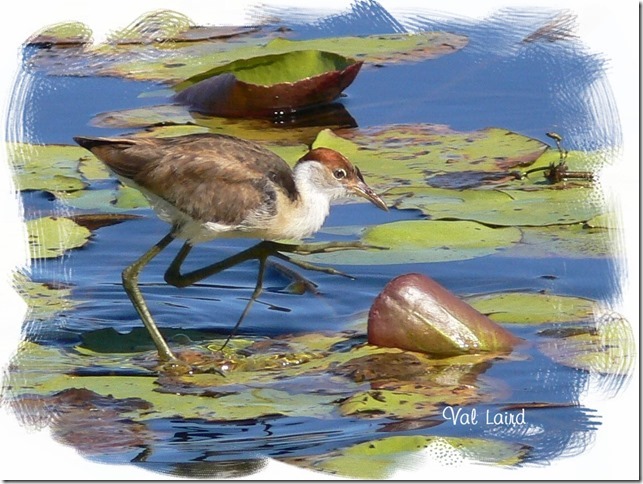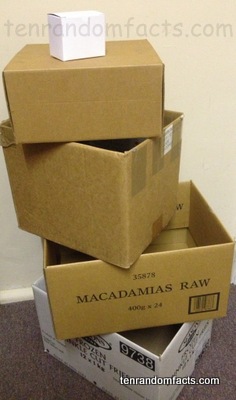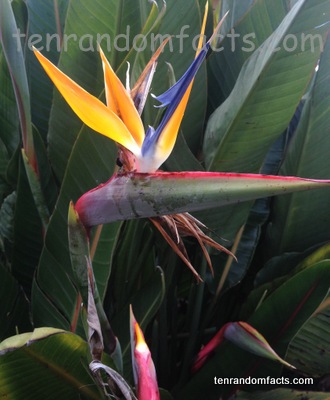
Open up the snow peas to find the hidden peas.
- Snow peas are edible legumes and pea pods that are known as a vegetable, and are believed to be native to the Mediterranean area.
- Snow peas are also called ‘Chinese pea pods’, ‘Chinese pea’ and ‘mangetout,’ which means ‘eat it all’ in French.
- Snow peas are from the family Fabaceae, which is the family of legumes, beans and peas.
- Snow peas contain peas that can be harvested once ripe, although they may taste different to typical peas, and are not normally eaten at this stage.
- Snow peas are very high in vitamin C, and are a good source of vitamins A and K as well as iron and magnesium.
- Snow peas are often eaten raw and cooked in stir-fries, and can also be added to salads or other main dishes.
- Snow pea pods don’t have the inedible fibre that most pea pods have, which is why you can eat the pods.
- Snow peas grow on a vine that grow 0.6 to 2 meters (2 to 6.5 feet) in height and the peas are generally picked ten days after the white flower is pollinated.
- Snow peas are quite similar to typical peas except they have a softer pod and taste crisper and sweeter.
- Snow peas are harvested when the pod is 7 to 10 cm (2.7 to 4 inch) in length and when the peas inside are just starting to bulge.
Bibliography:
Fernando N, Snow Pea and Sugar Snap Pea, 2009, Victoria Government Department of Environment and Primary Industry, < http://www.dpi.vic.gov.au/agriculture/horticulture/vegetables/vegetables-a-z/snow-pea-sugar-snap-pea>
Snow Pea, 2013, Wikipedia, < http://en.wikipedia.org/wiki/Snow_pea>






















